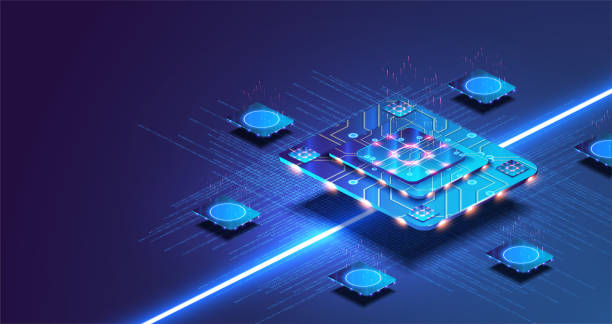There isn't presently a use case for quantum computers that can't be done with classical computers, thus the fact is that classical computers can already solve every problem that quantum computers will be able to.
Gasman informs me that the issue is that it will take traditional computers so long to resolve them that anyone beginning to seek the solution today would already be deceased!
They might be especially helpful for a class of issues known as optimization difficulties. Imagine a traveling salesperson who needs to visit several cities in any sequence, without going backward, and who must do so while traveling the least distance (or taking the lowest amount of time) feasible. Elementary maths can demonstrate that the number of possible routes increases dramatically once there are more than a few towns, on the order of millions or billions. This implies that, if we're using traditional binary computing, calculating the distance and time required for each of them in order to identify the fastest can use a significant amount of processing power.
This has implications for a variety of fields, including tracking and routing financial transactions across international financial networks, creating new materials by modifying their physical or genetic characteristics, and even figuring out how the environment is affected by changing climatic patterns.
"The ones that have the most potential are, I'd say, in extremely major institutions," Gasman says to me. Do you really want Goldman Sachs to entrust a billion dollars in your care to some cutting-edge technology, though, if you're a large corporation? There will need to be some degree of trust built up. However, each of the major banks today has its own quantum team looking at possibilities for the next five to ten years.

.jpg)





